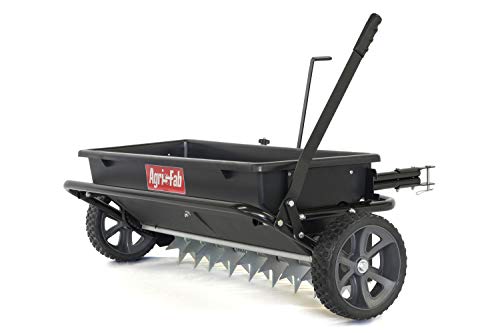If your lawn is more brown than green or dense with dandelions, you might blame Mother Nature. Shifts in temperature during winter months, moving from freezing to above freezing and back and forth, take a toll on lawns. As underground moisture freezes and thaws repeatedly the water in the soil expands and contracts, pushing up roots, exposing them and possibly killing them.
Some affected lawns will look like they were seeded with dandelions. Other lawns come out of winter with many bare patches of soil, having never recovered from the damage donate previous summer and fall.
Homeowners may never know exactly what caused their lawn to look so bare or brown. It could have been a disease, an insect, the weather, or some combination. You can dwell on what happened and why, but it's over. You don't have grass. It's time to forget about why and move on.
Here are some tips on replanting:
Use a slice seeder, if possible, to make sure the seed has good contact with the soil, so the seed has the best chance of germinating.
Purchase quality seed containing as little weed seed as possible. Be sure to read the seed bag label. The label will provide a percentage breakdown of what's in the bag.
Choose a good starter fertilizer. The numbers on the bag represent nitrogen, phosphorus, and potassium levels (N-P-K). A high-quality fertilizer might have 12-12-12 (meaning 12% N, 12% P, and 12% K) or 12-24-5 (12% N, 24% P, and 5% K). The phosphorus amount is particularly important because phosphorus is a key nutrient used for root growth and development.
Mow the lawn so that it's no shorter than 2 ½ to 3 ½ inches. This enables the turf canopy to stay thick and dense, which reduces the amount of sunlight reaching the soil. Without adequate sunlight, weed seeds will not germinate.
If you water your lawn with a sprinkler, try using a pie pan or another container to collect water to ensure that the lawn gets enough water. Place the container near the sprinkler. When the water level in the container reaches about 1 inch, the grass is sufficiently watered. It is also helpful to periodically insert an instrument, such as a hand trowel or screwdriver, into the ground to ensure that the water is reaching the roots.


